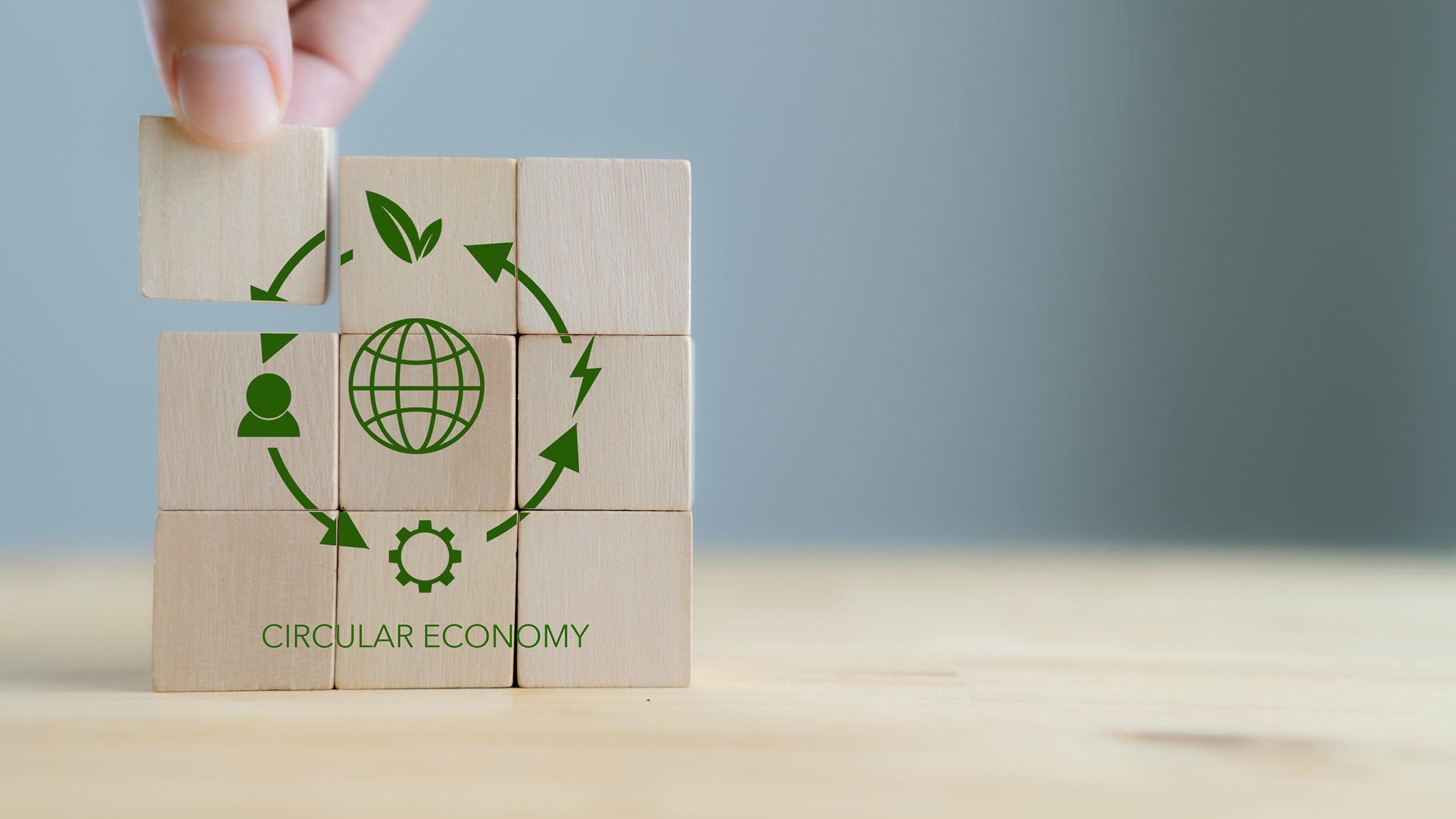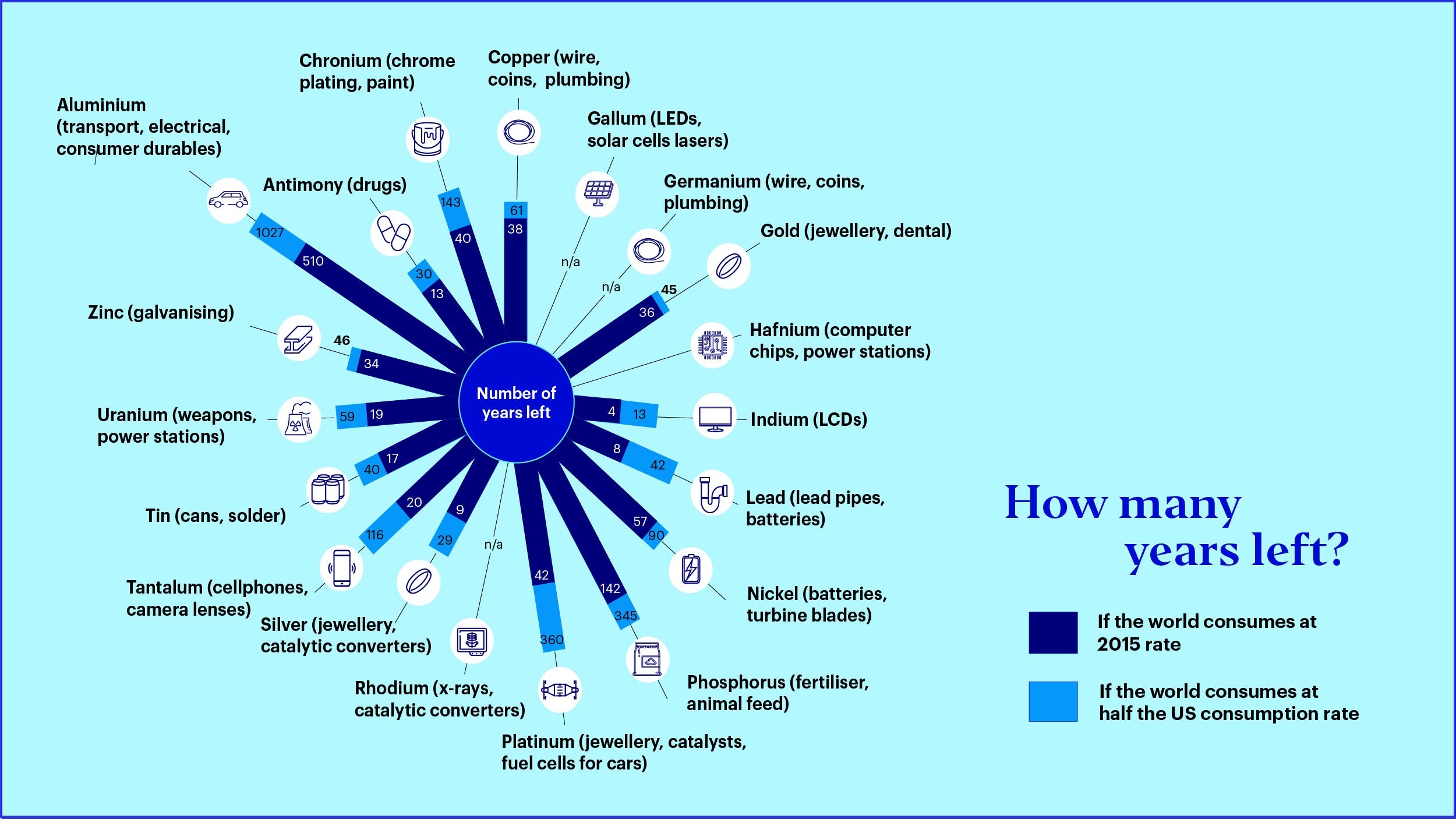They are all large beneficiaries of more investment into the circular economy. Again, the demand levers here are multi-fold. The amount of waste we produce is growing, the recycle rate of this waste needs to grow and the recycling complexity of this waste is increasing due to miniaturization and the use of metal alloys within products. These three factors create the need for more capex in waste management and recycling networks.
We believe the market is underappreciating the potential high returns of the circular business models. Where companies can build competitive advantages, they will have the ability to generate excess returns. Neste is still growing its biofuel capacity group, but its current biofuel projects earn a 30-40% return on investment. This compares to a mid-single digit ROI at their traditional oil refinery.
To us, it’s clear that Europe will take a leadership role, and that the circular economy is set to grow significantly from here. This has allowed us to find investment opportunities in the trash, and we’re happy to have a meaningful exposure to this area.
It’s worth noting that whist the circular economy will play a key role in decarbonising global supply chains, this will need to be done in conjunction with creating carbon-free virgin feedstocks too. In the final instalment of this thematic sustainability series we will discuss the impacts of ramping up carbon-free virgin feedstocks.







